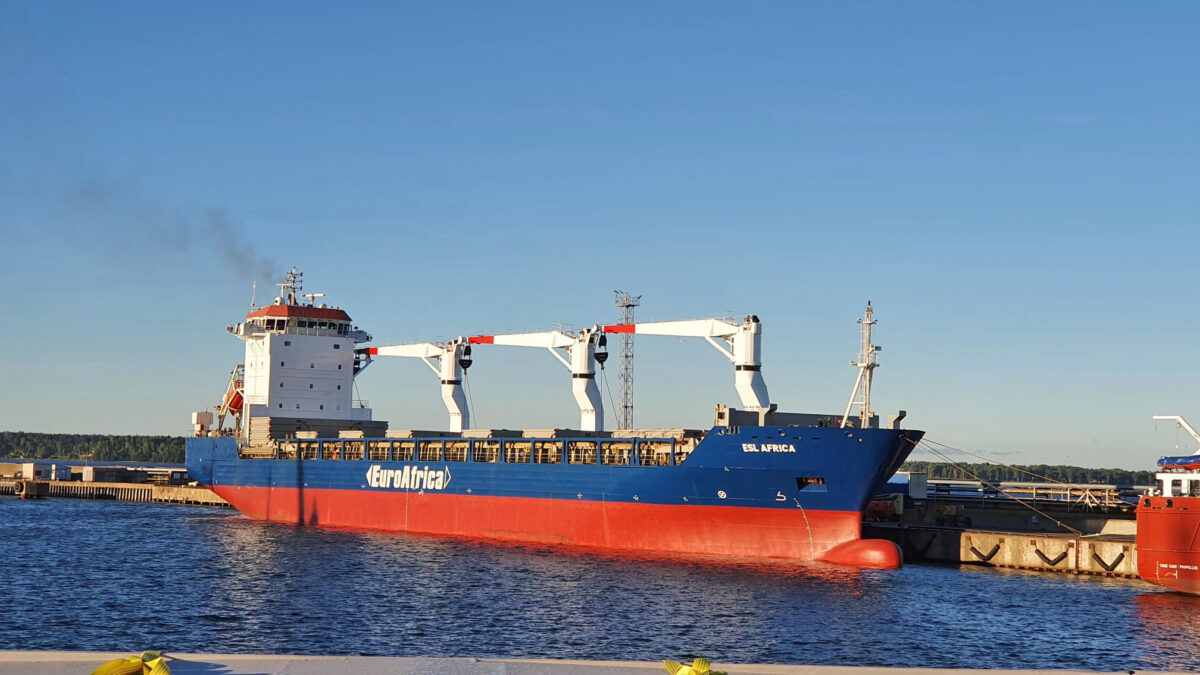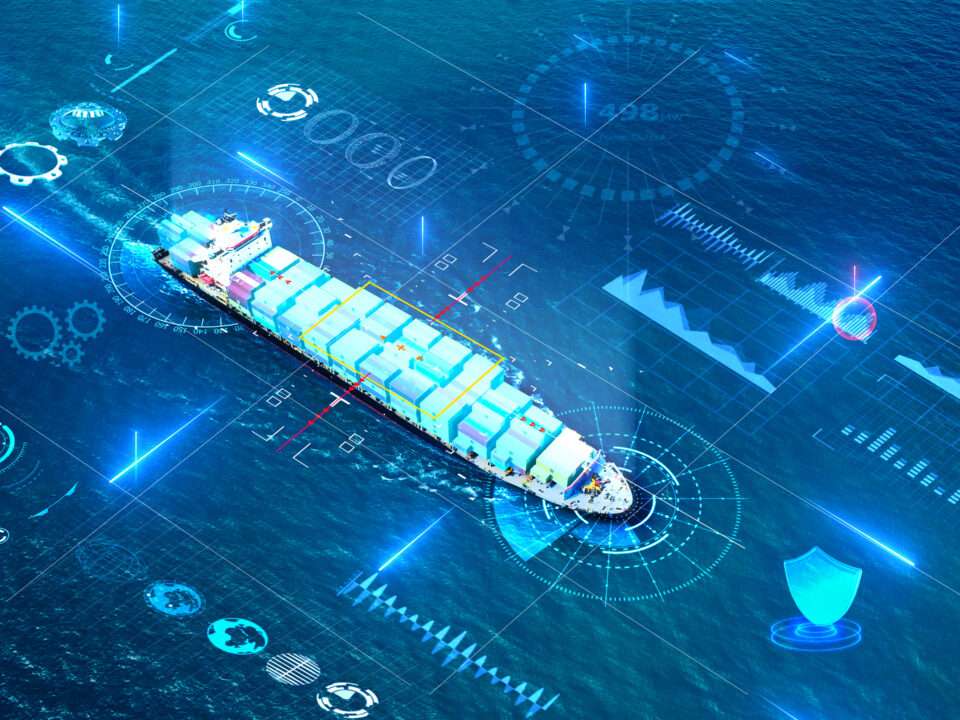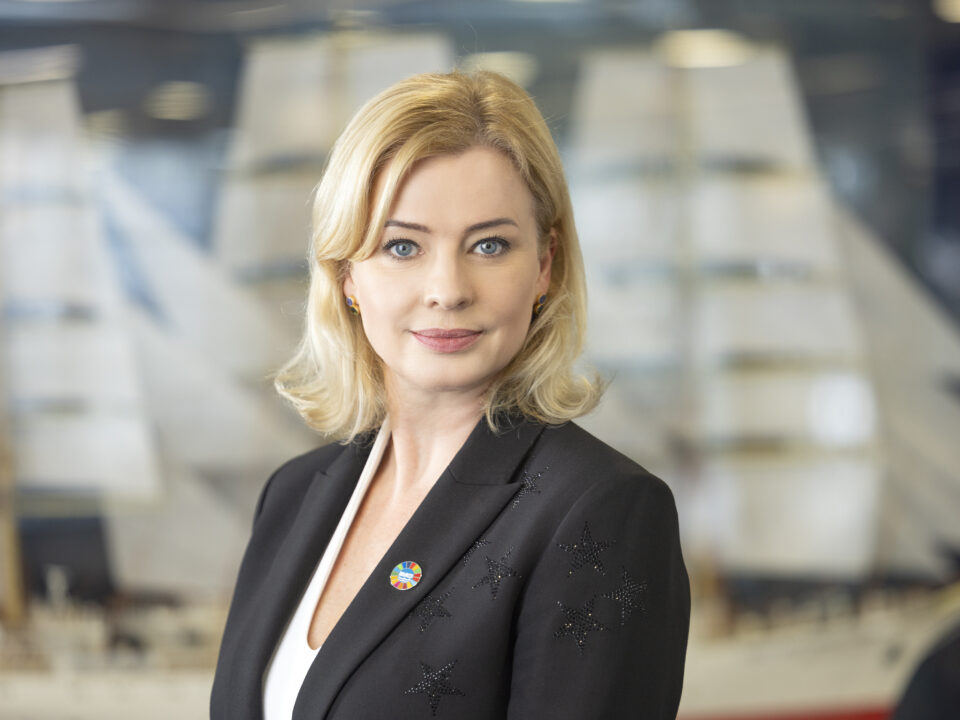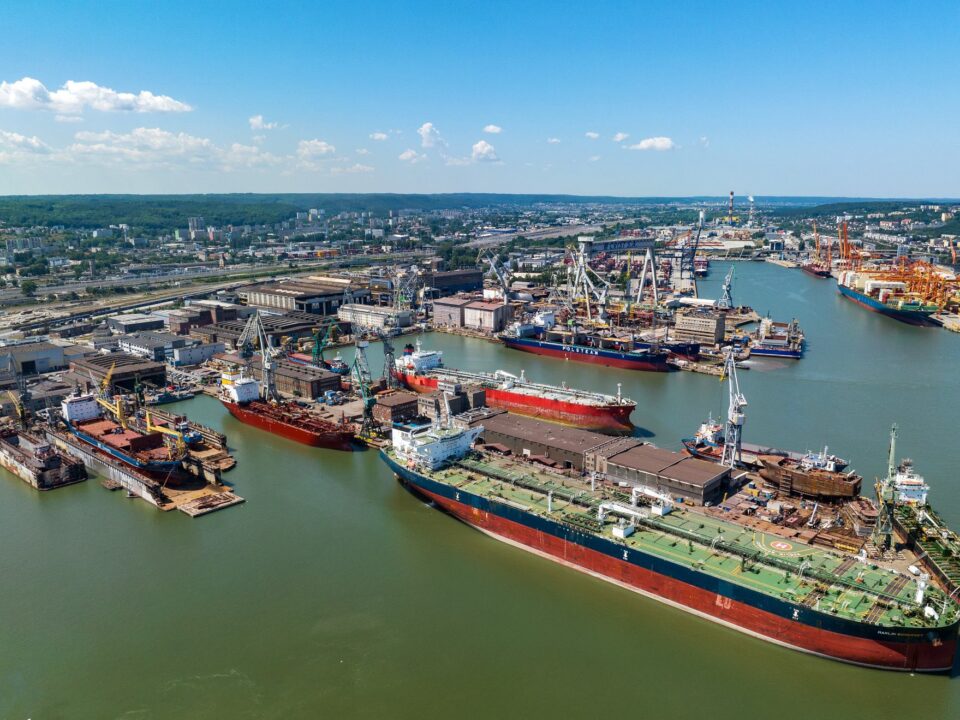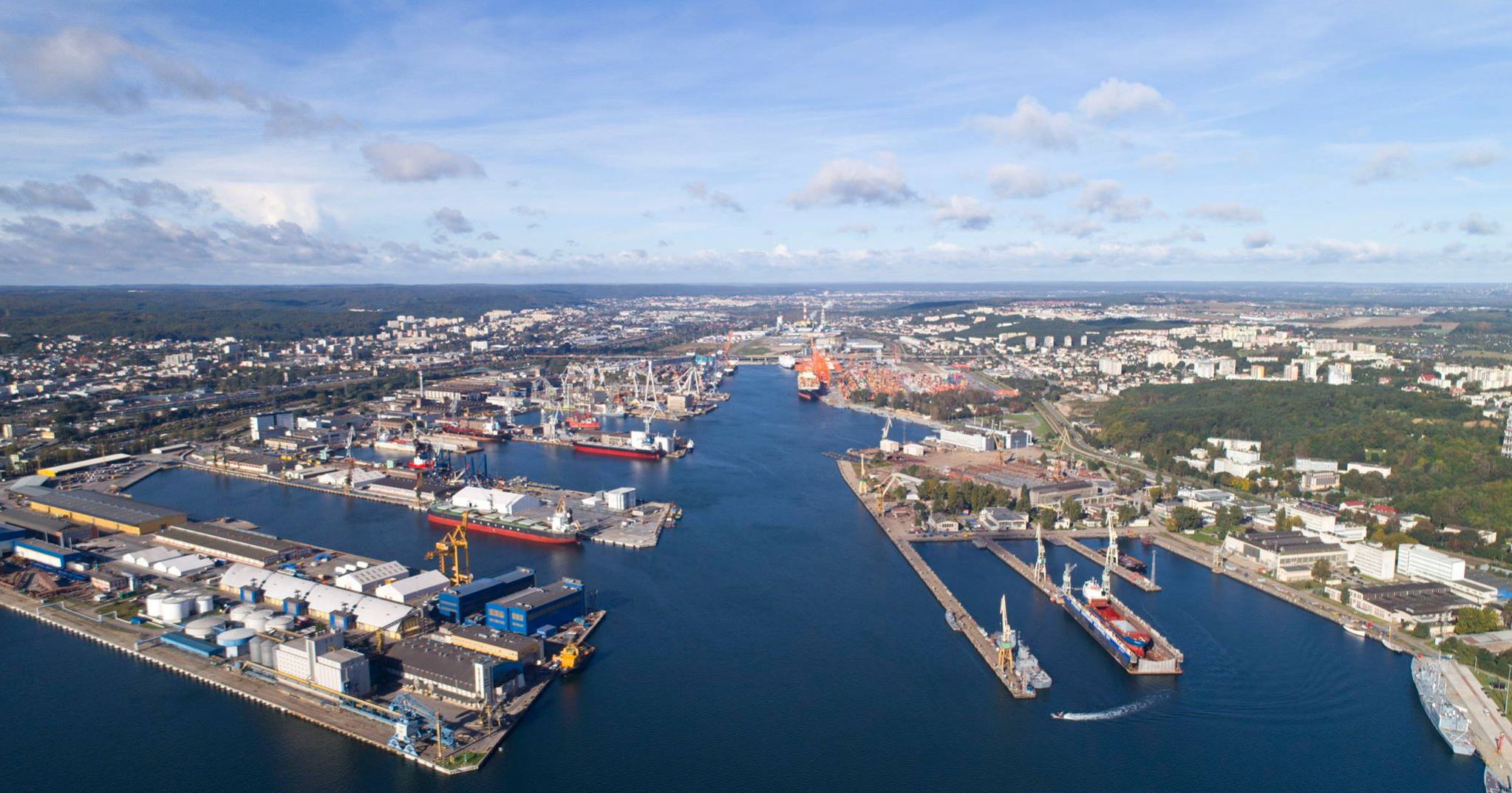
Return to the pre-pandemic level
3 September 2021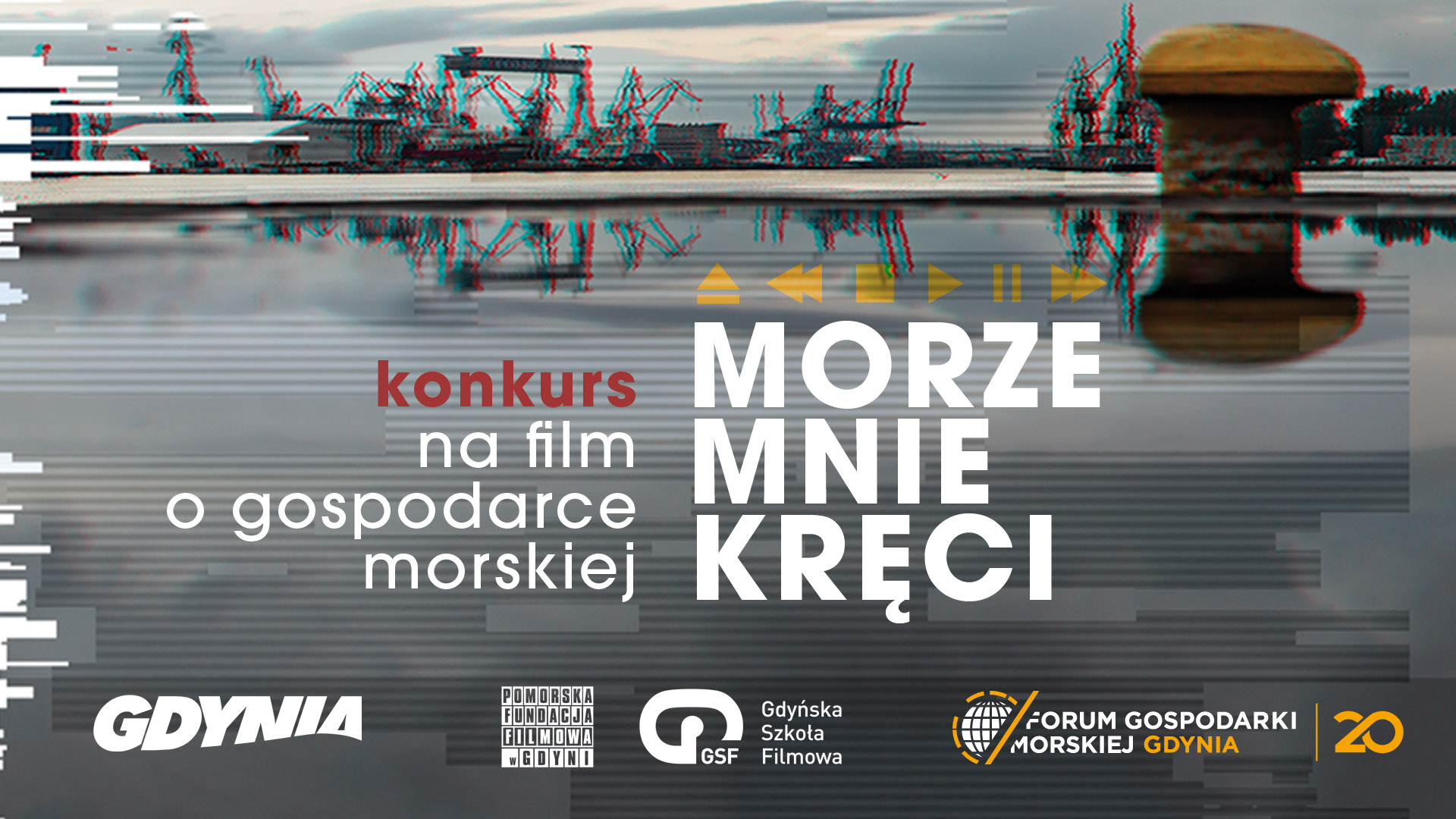
The film competition “The Sea Turns Me On”
14 October 2021The bright and the dark side of the green deal
“The European Green Deal” is the EU’s new strategy to boost economic transformation with the aim of completely eliminating emissions of harmful pollutants into the environment. The European Commission’s objective is to achieve so-called climate neutrality, i.e. zero greenhouse gas emissions, by 2050. These changes are also intended to apply to the transport sector.
An important element of this project is the desire to promote multimodal transport to a greater extent than before. It is acknowledged, that it will contribute to the efficiency and effectiveness of operations across the TSL industry. As a result, great emphasis is placed on significantly increasing the role of rail and inland waterways in freight transport, in which road transport currently has a 75% share. This, in turn, entails the need to improve the management of railways and inland waterways and to increase their transport capacity. The legislative changes in favour of multimodal transport, using rail and waterways, including short sea shipping, are all intended to support this.
In order to implement this ambitious plan, it is necessary to profoundly modernise and transform the EU economy. Between 1990 and 2018, the European Union reduced greenhouse gas emissions by 23%, while its economy grew by 61%. With the EU’s current initiatives, this ensures a 60% reduction in emissions by 2050. The EC has therefore undertaken to set more ambitious climate targets for the next decade. It was assumed that already in 2030 emission reductions would fall to 55% compared to 1990 levels.
Prof. Andrzej Grzelakowski from the Department of Logistics and Transport Systems at the Maritime University of Gdynia points out that setting overambitious emission reduction targets and achieving them in a relatively short period of time is a cause for concern. This solution may not be realistically feasible in transport, due to the crisis caused by the COVID-19 pandemic and its various effects. The time period – the relatively high capital intensity of transport business, as well as existing restrictions and barriers to introducing innovative, environmentally friendly solutions in transport and limited availability of public funds, including EU funds, may necessitate significant adjustments to this strategy. Moreover, no detailed cost-benefit analysis has been carried out for its implementation with a view to 2030 and 2050.It is not clear, therefore, whether the anticipated effects, i.e. the reduction in the external costs of transport for the EU economy and society in relation to the costs incurred (not only in terms of capital) will be at all positive.
The preliminary analysis of the initiatives undertaken to implement the goals of the EGD also indicates that Poland, like the majority of Central and Eastern European countries, will not be among the beneficiaries of such a transformation. The scope of their developmental needs is still too great. This is due to the persistence of significant differences from the already achieved state of development of the transport sector in the countries of the former, so-called old EU. On the other hand, the potential for innovation and absorption of innovations is too low. These countries will therefore not be providers of the products and services needed to achieve a sustainable and intelligent transformation of the transport industry in the EU. This group will undoubtedly include countries leading the world rankings in terms of the efficiency and effectiveness of transport and logistics infrastructure, such as Germany, the Netherlands, France and Belgium. They are also strongly pushing this course of action.
– It should also be noted that the measures taken by the European Commission in this area and approved by the EU legislative bodies are pushing for a strong government regulation of the transport sector, implemented with the use of hard legal and administrative tools. The role of the control mechanism will therefore increase immeasurably in relation to the transport market as the natural regulator of this sphere of activity. This may lead to the so-called hyper-regulation of the sector and limit the influence of the market on the activities of transport operators – points out Prof. Grzelakowski.
Logistics and challenges for the TSL industry is of thetraditional topics of the Maritime Economy Forum Gdynia, the 20th jubilee edition of which will be held on 7-8 October 2021.


